Styrofoam: Changes for Nature
Would you ever think twice about throwing away your trash at lunch? Have you noticed that throughout the years our school has gone from plastic lunch trays to styrofoam trays? According to cehn.org, “Polystyrene is slow to degrade, and if disposed of improperly, the foam can leach chemicals into the environment harming water sources.” These chemicals are harmful to humans in which they cause cancer. Not only are they harmful to humans but they are harmful animals as well. Animals will consume the foam particles in chemicals in the water or pieces. Styrofoam needs to be banned!
Oakmont needs to do its part by limiting waste; especially styrofoam. There are approximately 718 students enrolled at Oakmont. About half of them buy lunch everyday. That is approximately 64,620 styrofoam trays thrown away a year. It takes about 500 years for styrofoam to decompose in a landfill. We are adding around 64,620 trays of styrofoam IN ONE YEAR to the landfill! Yet there is an easy solution to this problem; Oakmont can convert back to plastic trays. Oakmont can do their part to save the environment.
O.E.A. has done their part to start thinking of the environment. For this year’s 2022 Homecoming O.E.A had made an announcement to the school that instead of people throwing away their cups, they have the option to recycle them. This is a great start to help Oakmont’s trash problem.
According to our hard working lunch ladies, “we would love to use plastic trays, but they don’t have enough for everyone, and two don’t have enough staffing for the dishwasher or time.” They said that they would love to work with administration to see if they could try and do one lunch line with plastic trays. For example using plastic trays for the pasta line. This would make a huge impact. The lunch ladies also talked passionately about when they are ordering things, they look for paper bases or previously recycled products. They try to be aware of the environment. They also try their best to take data of the waste produced from the past lunch menu. This is so they can estimate how many lunches to make without producing too much waste for the next menu.
One of our student advisory council members Jen B interviewed Mr. Lizotte and he said, “I am all for finding a recyclable tray solution to reduce our environmental impact due to our use of styrofoam products, but I also recognize that there are possible financial implications to this as well.” So the real question is: How do we as a school community find a solution to the styrofoam tray use and how do we budget it?


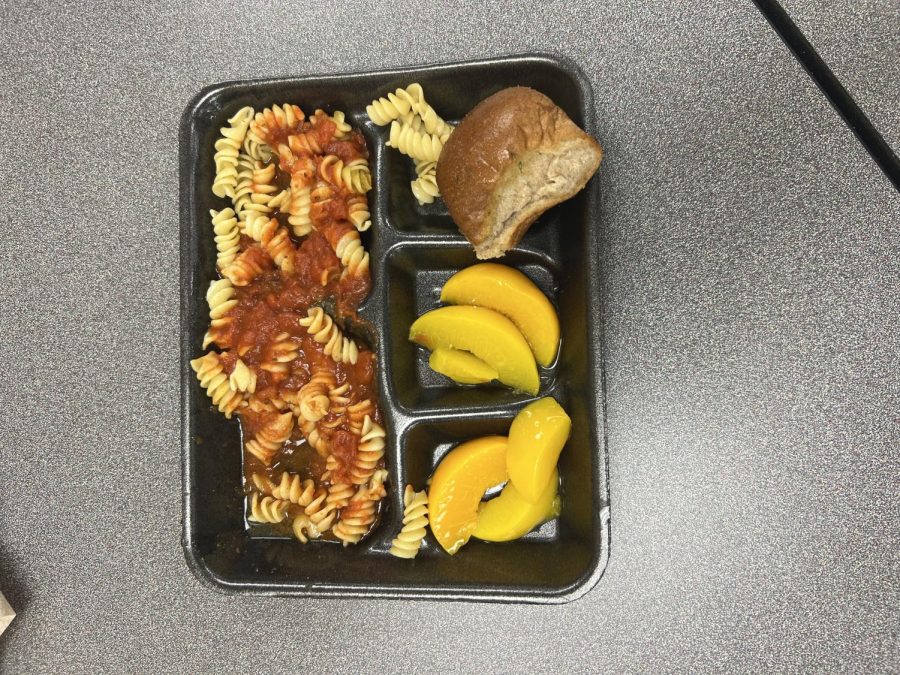
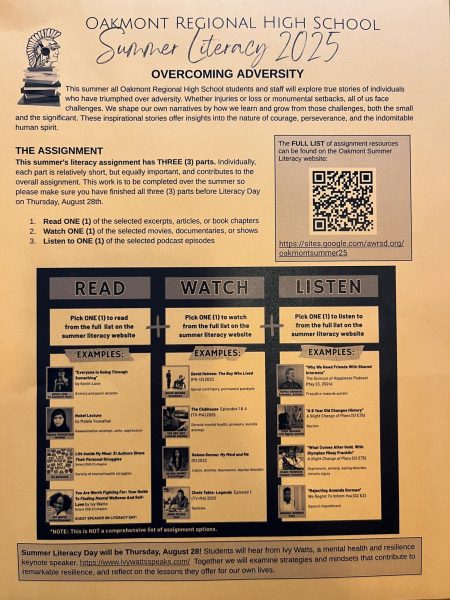
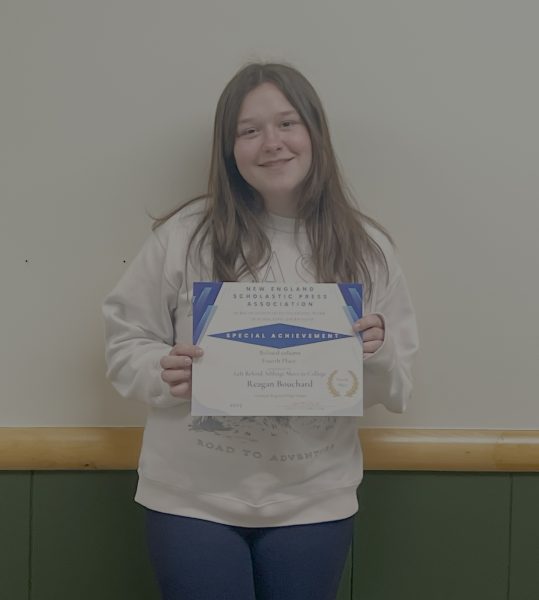
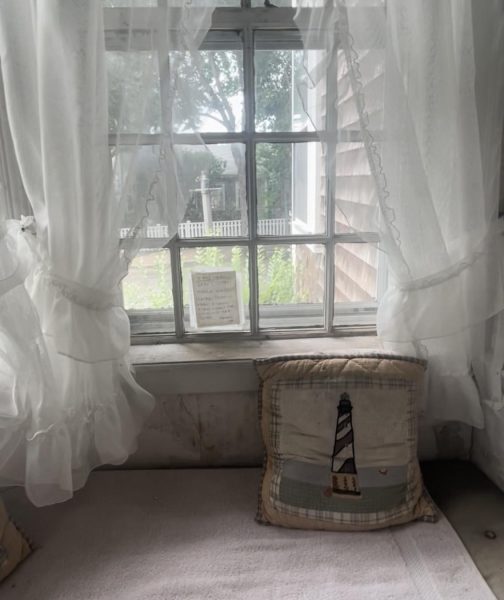
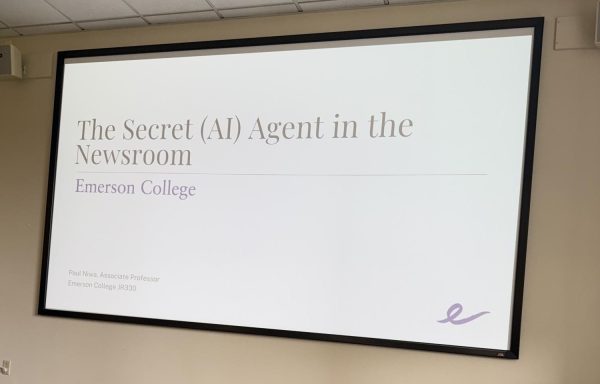
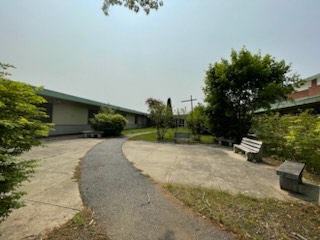
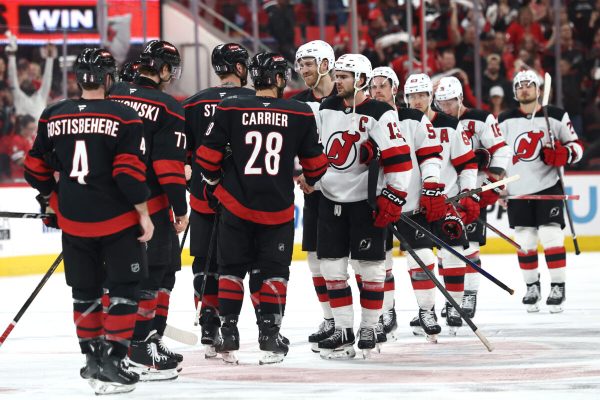

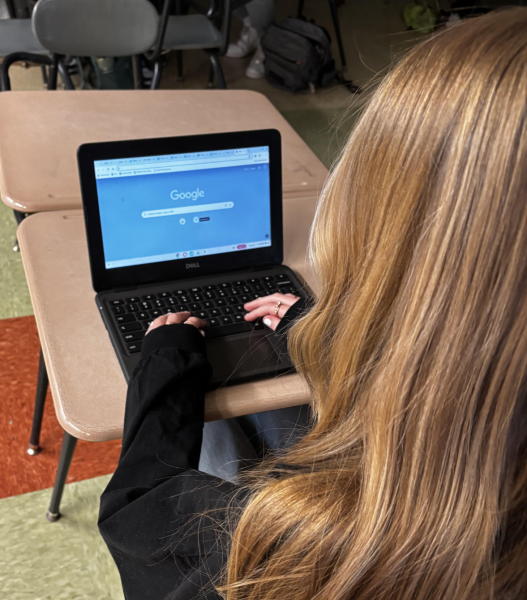
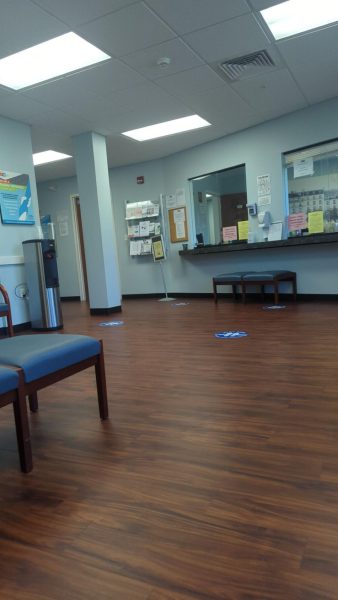
Juneanne McLoughlin • Feb 2, 2023 at 1:26 pm
Ask how they do it in JR BRiggs